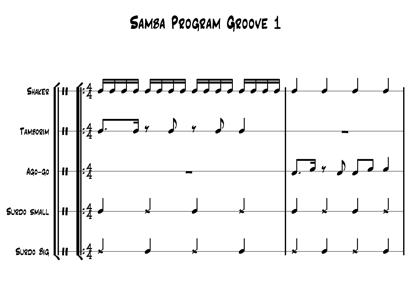@headguruteacher No idea. Beats me. Follow Ofsted’s lead and just STOP GRADING LESSONS!! (OK, shouty, sorry, but needs to be shouted!)
Headteacher Tom Sherrington (headguruteacher) is leading the way to a more sensible approach to school improvement. How lessons are observed is central to this. http://headguruteacher.com/2014/11/15/lesson-observations-unchained-a-new-dawn/
In previous blogs I have been thinking about how music lessons might be observed.
Why not try to discern the dispositions of the teacher, how the teacher is thinking, why is the lesson like this? What is going on here?
This is evaluative and non-judgmental. And in order to begin to understand what is going on I have made a case for writing thick descriptions of the teaching – interpreting and analysing what is going on.
I call for many more so that we can know what each other are talking about when we make statements about music teaching and promote this or that as dismal, exciting, orthodox, retro, culturally oppressive, liberating, progressive, traditional, skills focused, knowledge centred, innovative, transformational, world forlorn or world changing.
In response I have tried to show music teaching through a form of story telling that attends to rich detail. Not a filleted account, a video clip or an Ofsted vignette but an account that takes the reader inside the classroom and if they choose to identify with and learn from what is described. And this opens the door a little wider to the secret garden that is music teaching.
I have used these stories as the basis for proposing five dimensions of music teaching that can guide in the observation and evaluation of music teaching.
The five dimensions can give rise to innumerable questions. Here are a few.
Why do we hear so much about the teacher as facilitator and so little about the teacher as cultural mediator? And what is being mediated? And why this?
Why so little about the facilitation of pupil talk in the cause of critical thought?
Why so little about what is placed before classes as being disruptive or comforting?
Is the distinction between cultural mediation and facilitation helpful?
If classroom music is to be envigorated by the practices of informal music making, what are the limits to this? Are there any? And if so why?
And so on.
Lying behind the five dimensions is a leaning towards a dialogic pedagogy.
Below I have emboldened the dialogic tendency.
A ven diagram or some kind of model is needed to hold the scheme all together.
Five dimensions of music teaching
-
Ethical commitment
The teacher’s disposition towards nurturing the pupil-teacher relationship that makes teaching possible. This includes the teacher’s concern for each pupil’s psychological safety, the ways in which the teacher expresses authority, how attention is given to what is of concern to each pupil as well as the group, and how the potential to create spontaneous dialogue and action is allowed for.
More generally it seeks to encapsulate the teacher and pupil’s desire to strengthen the climate of the classroom and music-making relationships.
-
Cultural mediation
The teacher’s disposition towards expressing authority through the transmission of cultural knowledge in the medium of music, involving instruction that is responsive to the receptivity of the pupils.
-
Embodiment
The teacher’s disposition towards recognising music-making as a form of embodied knowing – that to know music is to perceive through the body as mind.
-
Facilitation
The teacher’s disposition towards enabling the expression of musical thought in the medium of music and through talk.
-
Critical intention
The teacher’s disposition towards promoting enquiry, curiosity, thoughtfulness, discrimination, questioning – calling for a growing awareness of what music is, how music is used, how music is given meaning and how meanings are continually negotiated and re-negotiated – a recognition that music has ‘human interest’ – social, cultural and political.
And Jackie Schneider’s story to end, poetic music teaching with dimension 3 leading the way.
On Monday morning year 2 children looked nervously through the classroom doors at the blacked out music room, they squealed in delight as they saw bubbles appear from around the corner and the twinkle of the disco ball shimmered on the classroom floor. The aquarium from Carnival of the Animals played loudly. As their eyes got used to the darkness they spotted 30 silken scarves in bright lurid colours draped around the music room. They picked up a scarf and they made it swim/glide/soar around the room.
Gradually the lights were brought up and glockenspiels and wind chimes were brought out. Half the class glided their beaters up and down the instruments adding another layer to the music they could hear while a quarter blew bubbles and the remaining quarter swam their scarves. Some kids started to sing the melody.
As we returned the scarves to the sea bed and the blinds were gradually pulled up we all agreed Saint Saens was right to make his music strange and eerie. Hundreds of powerful adjectives were shared and most of the kids learnt the word legato. Few kids wanted to leave when the classroom teacher arrived to collect them.
No idea what level we were working at.

